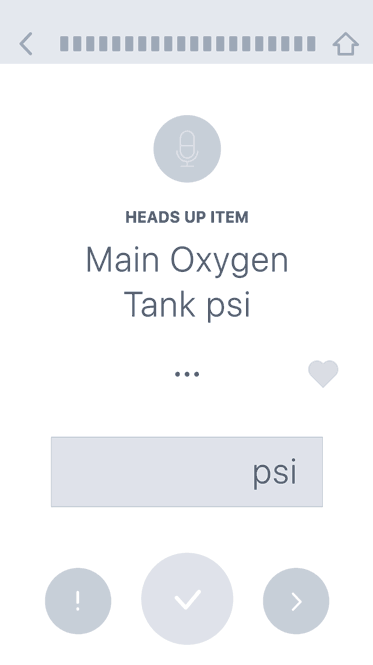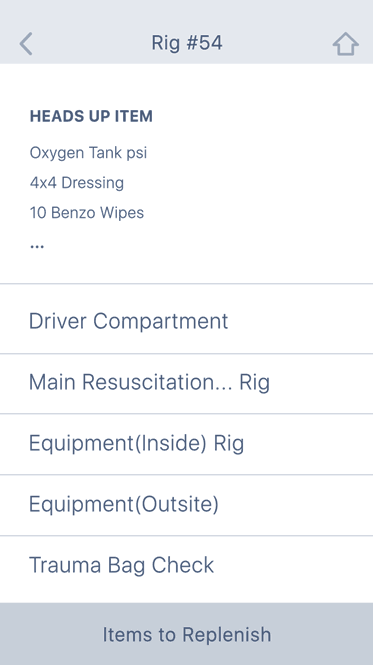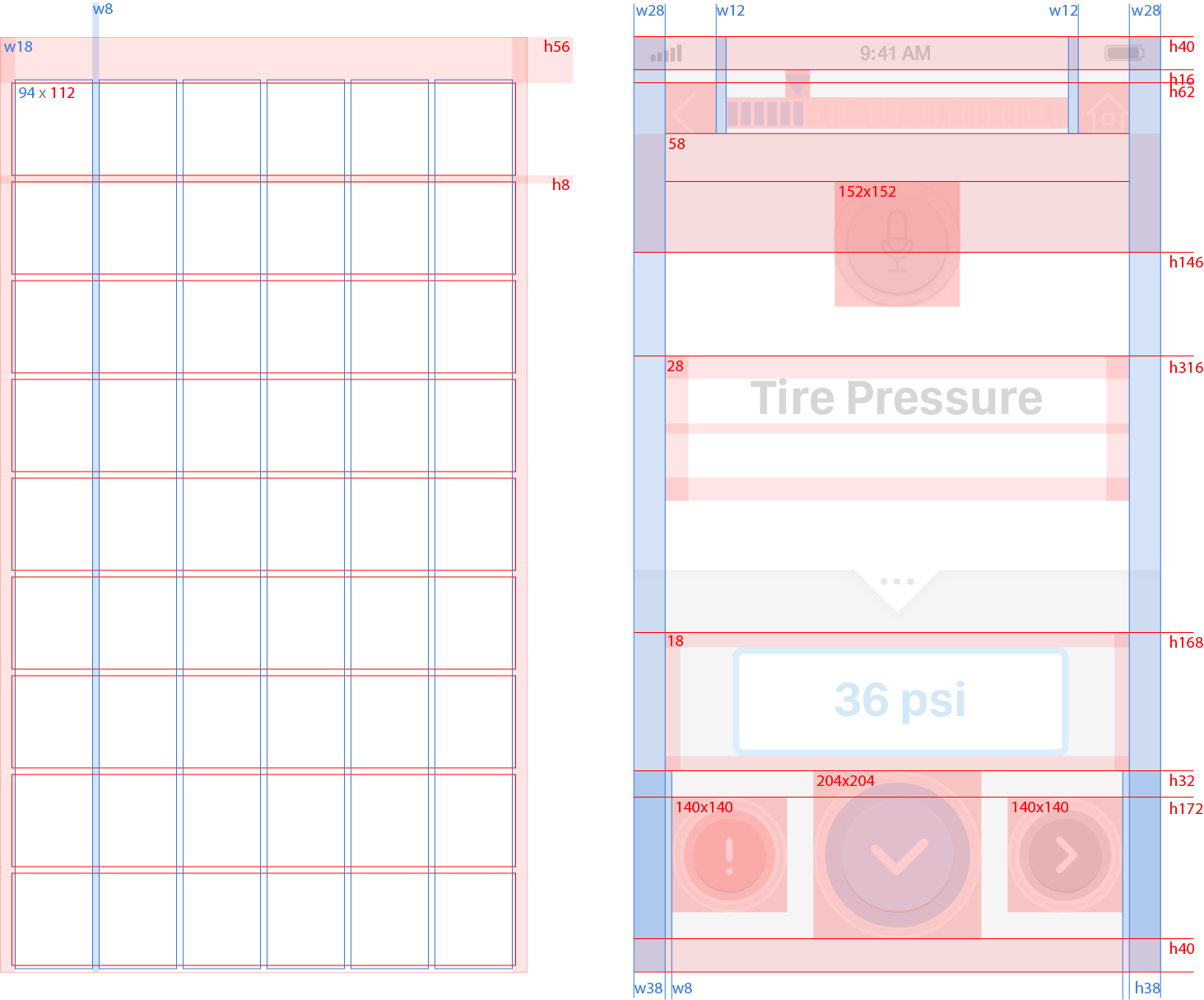SigFig Mobile
A redesign of the SigFig mobile app assisting users forming useful investing habits.
Design Project, Early 2015

Emergency Medical Technician's shift starts with 1-2 hours of ambulance equipment check. Missing any equipment can be critical in emergency situations. However, the check process is often done with a paper and a pen filled with long lists of items with checkboxes. Sometimes, they have no time to finish the check, and run to take care of their patients.
Rig-it aimed to streamline the process of checking both the equipment inside the main cab and the back of the ambulance, in addition to maintaining the vehicle itself.
In addition to final walkthrough prototype, we put design document together for the application. This document explains target audience, purpose, functionality and backend requirements.
Rig-it focuses on three key functionsChecklists are divided into a few sections based on the ambulance compartment. EMTs(Emergency Medical Technicians) go through each section, teamed up in two people. We provided the list based on these compartments. EMTs can jump between items or mark items as to be replenished.



One of the key insights that we learned from our user research was the lack of appreciation in EMTs works. Even though Emergency Medical Technicians were aware of the importance of their work, they were discouraged by people treating them as drivers. In addition, Emergency Medical Technicians were strongly tied into their community sharing their experiences. Motivated by this, we pitched the 'Send Thanks' function. This will also encourage the EMTs to help the next shifts to refill the items that they couldn't get replenished.


To understand EMTs' daily bases works, we conducted online researches by joining their social networks, communities as well as watching videos explaining their works. We've got some insights after this basic research.
To get an in-depth information about EMTs and Rig-Check procedure, I had an interview with a previous EMT from my connection. My team formed questions all together and narrowed them down to get good information in 20 minutes. Below are the insights that we got from the interview and the email questionnaire.
Ambulance equipment checks usually take around 1 - 2 hours in the beginning of the shift.
While designing Interface for Rig-it application, we wanted to make sure... tapping any buttons that wasn't intended should be avoided. Accuracy in using the application is important for the ambulance equipment check to be thorough. Therefore, we designed the UI with only key functions, providing enough space for EMTs to tap on. Also, we grouped different functions in three sections of voice recognition, item information and item check.

A redesign of the SigFig mobile app assisting users forming useful investing habits.